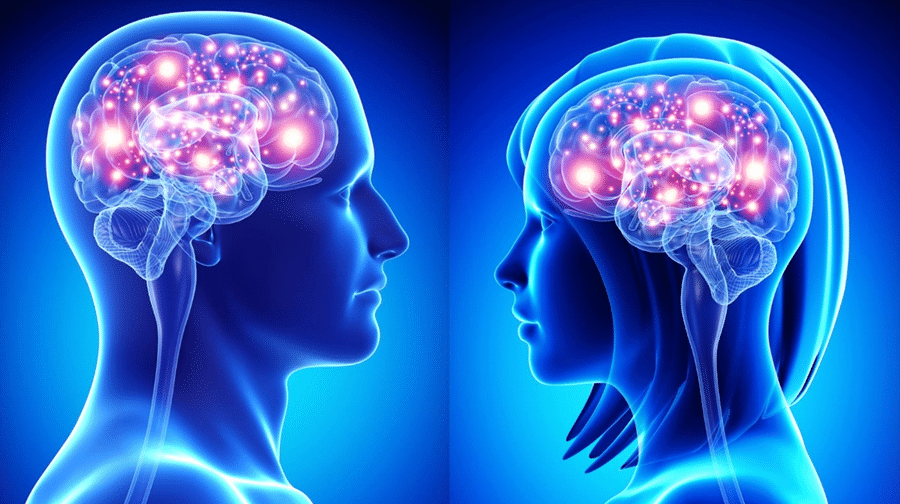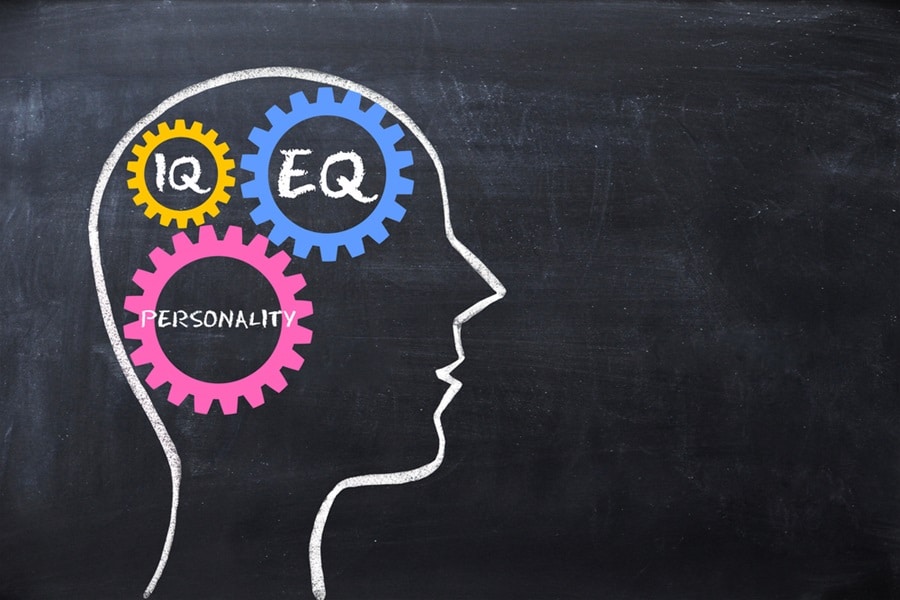Music echoes within the confines of every culture, a testament to its deep-seated role in human experience. It accompanies life’s most significant moments, from celebrations to solitudes, weaving through the complexities of emotions and actions. Acknowledged beyond mere entertainment, music is a formidable ally to mental health. It can soothe the weary, uplift the downtrodden, and unite the solitary in a melodious embrace. This article delves into the profound effects music exerts on mental health, illustrating its ability to combat stress, elevate mood, manage anxiety, and foster social bonds.
Contents
- 1 The Soothing Effect of Melody: Stress Reduction
- 2 Harmonies and Hormones: Elevating Mood
- 3 Rhythmic Relief: Anxiety Management
- 4 Lyrical Connection: Social Bonding
- 5 The Beat of Productivity: Enhancing Concentration
- 6 The Tempo of Recovery: Physical Rehabilitation
- 7 Silence the Noise: Sleep Quality Improvement
- 8 The Harmony of Healing: Coping with Trauma
- 9 The Bottom Line
The Soothing Effect of Melody: Stress Reduction

Melodies, the tuneful sequences of notes, are more than pleasing arrangements—they’re a balm for the frayed nerves. Their progression through harmonious scales interacts with the brain, eliciting responses that usher in a calm state. In the hustle of modern life, where stress is a constant companion, turning to a melody can offer a respite, slowing the heart rate and lowering blood pressure. The gentle guitar strumming or the serene notes of a piano piece can create an oasis of peace for a troubled mind.
This isn’t merely anecdotal; many environments integrate music to combat stress. Workplaces play ambient tracks to alleviate the buzz of high-pressure tasks, while homes become sanctuaries of serenity with the help of soothing tunes. Even in clinical settings, the deliberate use of melody creates a calming milieu, facilitating wellness and recovery. Music, with its melodious power, becomes a silent guardian against the onslaught of daily stresses.
Harmonies and Hormones: Elevating Mood

Harmonies—concurrent notes that resonate with human emotions—can be instrumental in mood enhancement. They forge a bridge to positive emotional states, coaxing the brain to release dopamine, the ‘feel-good’ neurotransmitter. When harmonies fill the air, they can lift the fog of a dreary day, infusing joy and vigor into moments that might otherwise be tinged with gloom. This is music’s alchemy: turning the leaden weight of a heavy heart into golden strands of happiness.
The beauty of music’s mood-elevating capabilities shines through in its universal application. Across different cultures and individual tastes, certain harmonies strike a chord, uplifting spirits in times of sorrow or melancholy. People seek refuge in their favorite tracks, artists, and genres, finding solace and jubilation in the rhythms and melodies that resonate with them. Thus, music emerges not just as a source of entertainment but as a companion through the undulating journey of emotions.
Rhythmic Relief: Anxiety Management

Rhythms, the patterns of beats and pauses in music, serve as a metronome for the body’s inner workings. They provide an auditory compass that can guide the restless currents of an anxious mind into a more tranquil state. As these rhythms align with the body’s natural pulse, they encourage physiological responses that can significantly ease anxiety. Slow, steady beats can mimic the reassuring calm of a resting heart rate, signaling the body to relax and the mind to still its worries.
Incorporating rhythm into daily routines can be a subtle yet powerful strategy for managing anxiety. The methodical pulse of drumbeats or the predictable cadence of classical compositions can serve as an anchor in a sea of anxiety-inducing stimuli. Whether through headphones during a crowded commute or speakers in the solitude of one’s room, rhythmic music provides a sonic buffer against the waves of anxiety, offering a form of therapy that moves with the individual through the ebbs and flows of their day.
Lyrical Connection: Social Bonding

Lyrics, the words set to music, have the profound ability to connect individuals across the invisible divides of society. They act as a narrative thread, weaving stories and emotions that resonate with collective experiences. When people sing along to the same tune, the lyrics can foster a sense of unity, breaking down barriers and nurturing a feeling of inclusion. This is the magic of a song: it’s capacity to articulate what listeners may struggle to express themselves, creating a shared language of empathy and understanding.
The social aspect of music, from choirs to concerts, engenders connections among individuals who might otherwise remain strangers. Group musical activities, such as community sing-alongs or band practices, become conduits for social bonding, strengthening ties, and encouraging cooperation. They can diminish the starkness of loneliness, wrapping individuals in a warm embrace of communal harmony. In the shared space of music, personal stories merge, creating a tapestry of social connectedness woven with lyrical threads.
The Beat of Productivity: Enhancing Concentration

Music’s influence extends into focus and productivity, where the beat can become an engine for cognitive processing. The right kind of music can transform a workspace into a hub of concentration, where the flow of melodies supports the flow of ideas. Instrumental pieces, with their wordless narratives, often serve as a soundtrack for the mind at work, reducing distractions and sharpening focus. It’s in the cadence of these sounds that tasks find a rhythm, and productivity finds its pace.
Yet, not all music serves the same purpose for every individual regarding enhancing concentration. What acts as a stimulant for one might be a deterrent for another. Tailoring a personal playlist that complements one’s work style is key. It might include classical pieces renowned for their structure and complexity, or it might feature the minimalism of ambient tunes. The impact of these choices is tangible, with music becoming a dynamic participant in the pursuit of efficiency and achieving professional tasks.
The Tempo of Recovery: Physical Rehabilitation

In physical rehabilitation, music sets a tempo for healing, harmonizing with the body’s efforts to recover. The rhythmic qualities of music can mirror the patterns of movement required in physical therapy, aiding in the synchronization of motor skills. The beats can provide a measurable exercise framework, encouraging consistency and endurance. For many patients, music becomes a motivational force, an auditory cheerleader that champions their journey back to health.
Stories abound of individuals whose recovery was fortified by music. Notes and chords accompany their repetitive exercises, transforming routine into a form of expression. These narratives attest to music’s role not just in the physical realm but also in mental resilience. As patients work to the beat, they’re not just rebuilding muscle or regaining mobility; they’re also reinforcing their mental fortitude against the challenges of recovery.
Silence the Noise: Sleep Quality Improvement

The quest for restful sleep often leads individuals through a labyrinth of remedies, with music serving as a guide to the gates of slumber. Soft, slow-tempo music can act as a prelude to sleep, signaling the brain to prepare for rest. The gentle ebb and flow of quiet lullabies or the distant echoes of ambient music can replace the cacophony of thoughts with a soothing soundscape conducive to sleep. For those who battle with the noise of insomnia, music provides a peaceful alternative to silence.
Adopting music as a nightly ritual can have profound effects on sleep patterns. Not only can it facilitate the process of falling asleep, but it can also enhance the quality of sleep itself. The lingering effects of tranquil tunes can continue influencing the sleeping brain, maintaining calm throughout the night. By weaving music into the fabric of bedtime routines, individuals can cultivate a healthier relationship with their sleep cycles.
The Harmony of Healing: Coping with Trauma

The healing journey for those who have experienced trauma is often long and complex, and music can play a pivotal role in this process. As a medium that transcends words, music offers an outlet for expression that might otherwise remain locked away. Engaging with music—whether through listening, playing, or writing—provides a voice for feelings too deep for words. It’s through this engagement that individuals can begin to articulate and process their experiences, fostering a path toward healing.
Music therapy has become an invaluable tool in the treatment of trauma, offering a non-verbal language for therapists and clients to explore difficult emotions. The structure of music can provide a sense of safety and a predictable space to explore the unpredictable nature of trauma. Individuals find solace in the rhythms and melodies that accompany them through the healing process, often gaining strength from the harmonies that reflect their inner resilience. Music, in this context, is not just a background melody; it is a participant in the recovery journey.
The Bottom Line
The exploration of music’s impact on mental health reveals its profound capability to touch the deepest fibers of the human psyche. From its rhythm that commands our hearts to beat in time to melodies that weave through the tapestry of our emotions, music holds a unique position as a healer, motivator, and social glue. It’s a reminder that beyond the auditory pleasure, there’s a therapeutic power at play—a power that can soothe, uplift, and heal. In recognizing music’s role in mental wellness, individuals may find an ally in the quest for a balanced, harmonious life. As the final note lingers in the air, it’s clear that music’s resonance is felt far beyond the last pause, echoing into the essence of well-being.


